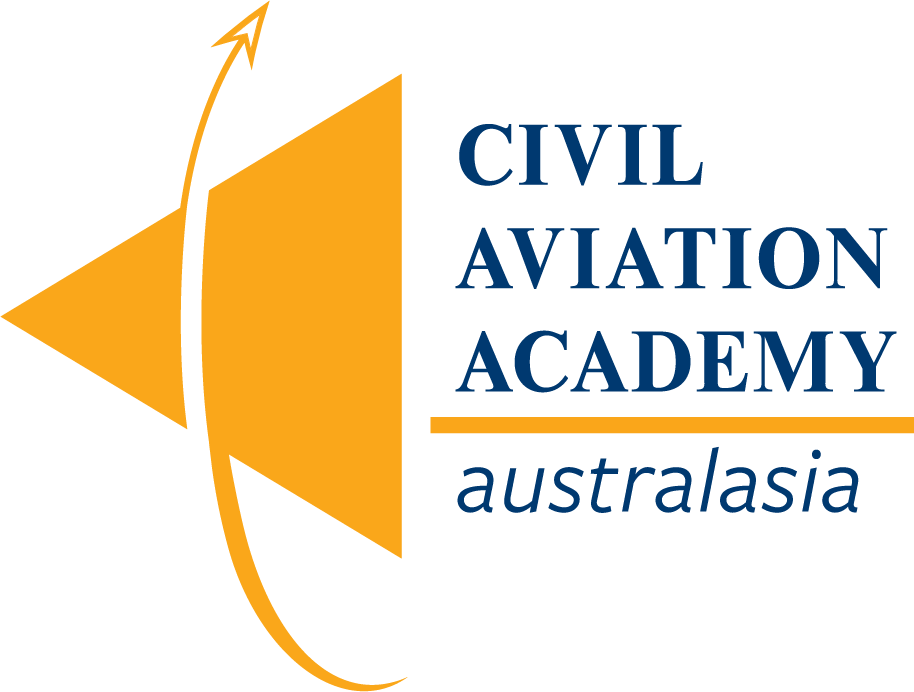- 08 6180 7939
- andy@caaa.com.au
- Mon - Fri: 9:00 - 15:00 (WST Perth)

CAAA News
The Double-Edged Sword of Aviation Routines
Facebook
LinkedIn

In the complex and fast-paced world of aviation, routines are often regarded as the foundation of safety and efficiency. Pilots and aviation professionals adhere to strict protocols and procedures to ensure the uniform operation of flights. However, beneath the surface of this defined environment lies a nuanced reality – the very routines designed to enhance safety can sometimes introduce an element of risk, leading to errors, incidents, or, in the worst-case scenario, accidents.

The Comfort of Routine
Aviation routines are ingrained in the industry’s DNA, providing a sense of order and predictability. From engineering processes to standardised procedures for take-off and landing, these routines help mitigate risks, ensuring that each process or phase of a flight is executed with precision. Pilots and others in the industry often rely on muscle memory and well-rehearsed procedures, contributing to the overall safety culture within the aviation community.
The Pitfalls of Complacency
While routines offer a sense of comfort, they also harbour the potential for complacency. Familiarity with procedures may breed overconfidence, causing individuals to overlook crucial details or dismiss deviations from the norm. The repetitive nature of routines can create a mental state where workers may become less vigilant, assuming that everything will proceed as expected.
Human Factors and Routine-Related Errors
Human factors play a significant role in routine-related errors. As individuals become accustomed to a set sequence of actions, they may inadvertently skip steps or misinterpret information. The brain’s tendency to follow familiar patterns can lead to confirmation bias, where deviations from routine are ignored or underestimated. These cognitive traps can set the stage for errors that compromise the safety of a flight.
The Devil in the Routine – Spanair Flight 5022
Coping with Dynamic Environments
The aviation industry recognises the need to balance the benefits of routines with the adaptability required to navigate dynamic and unexpected challenges. Pilots are trained to manage deviations from standard procedures, emphasising the importance of situational awareness and critical decision-making skills. Breaking from routine when necessary is crucial in responding effectively to unforeseen circumstances.
Enhancing Safety through Continuous Improvement
To mitigate the risks associated with routines, the aviation industry emphasises a culture of continuous improvement. Incident reporting systems, debriefing sessions, and simulation exercises contribute to the identification of potential issues and the development of proactive solutions. Learning from past experiences allows the industry to refine procedures, ensuring that routines evolve in tandem with advancements in technology and changes in the operating environment.
In the aviation world, routines serve as both a pillar of safety and a potential source of risk. Acknowledging the dual nature of routines is essential for fostering a culture of mindfulness and continuous improvement. By recognising the challenges posed by complacency and human factors, the aviation industry can navigate the skies with heightened awareness, ensuring that routines remain a tool for safety rather than a stumbling block.
